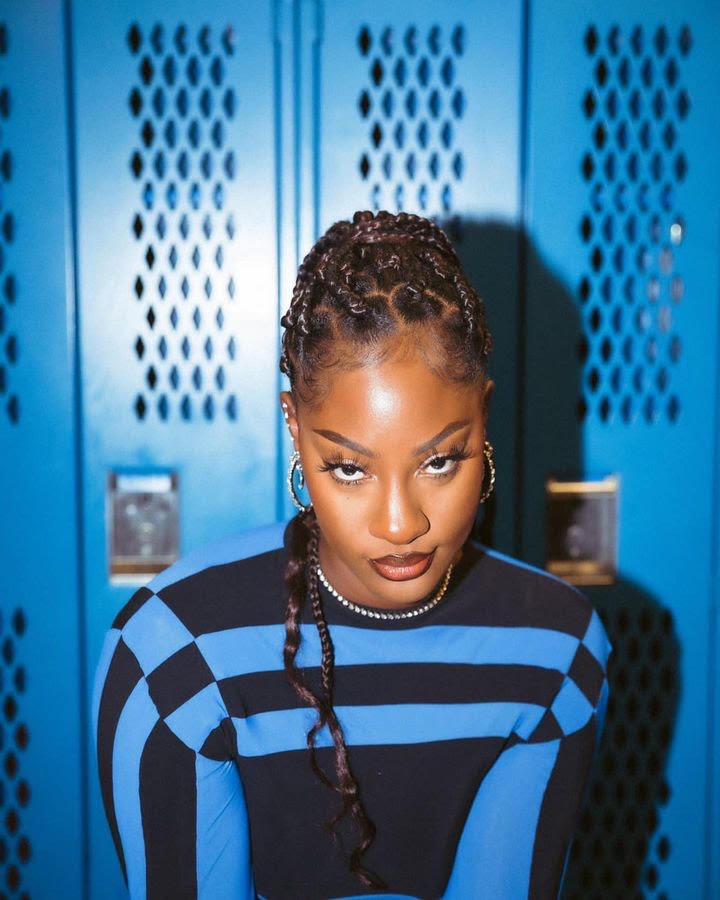We live in the age of unparalleled music discovery and easy and cheap, often free, access to the world’s music. Listeners have never had it better. Luminate, the company that tracks music streaming and sales globally, said in its 2023 year-end report that its database of ISRCs — international sound recording codes, the identifiers given to unique recordings that allow them to collect royalties — reached 184 million in 2023.
But most of those songs barely register with listeners. Of those 184 million tracks, 60% — 109.5 million — weren’t streamed enough times to pay for a cup of coffee. About 16% — 30 million tracks — were streamed from 101 to 1,000 times. Another 18% — 33.9 million — were only streamed up to 10 times.
For companies that must handle the deluge of new music, the more alarming statistic is the number of tracks that went completely ignored. A quarter of those 184 million tracks —45.6 million — were not played even once, according to Luminate. That’s 45.6 million tracks with official ISRCs, made available through one of many digital distributors and taking up server space, that didn’t receive a single play last year. Not too long ago, 45.6 million was the entirety of a streaming service’s licensed catalog!
A few decades ago, the promise of streaming — as popularized by the 2006 book The Long Tail — was the ability for niche music to find an audience. No longer faced with the limited shelf space of a brick-and-mortar retailer, consumers could explore deep catalogs and find music they loved rather than buy whatever was readily available.
The economics of streaming is what helps more music get heard. On a streaming service, the cost of listening to one more song is zero. At most, it’s the value of the time spent listening to the song. With downloads, the cost of enjoying one more song is 99 cents (or $1.29 for the more popular tracks). The all-you-can-eat streaming service’s flat fee means people don’t have to pay more to consume more. Ad-supported streaming doesn’t even have a flat fee — the cost of listening is the cost of waiting through an advertisement.
The low cost of streaming, although great for music discovery and falling into musical rabbit holes, has never been a guarantee a recording will find an audience. In written testimony in 2016 to the Copyright Royalty Board, Will Page, then Spotify’s director of economics, noted that in 2013, 20% of Spotify’s 20 million-track catalog received no streams. Spotify “is not just increasing the sheer number of tracks available to the public,” Page wrote, “it’s ensuring that music can actually be heard.”
Well, not everything was getting heard. One-fifth of a catalog going untouched is a large void, but it was an improvement: Page also noted that a 2008 U.K. study found that over 80% of digital tracks went unsold. Just because digital distribution and inexpensive recording tools lowered the barriers to entry didn’t mean people would buy the music. Still, streaming allowed more music to get heard. But as the amount of music released annually exploded, the number of unheard tracks deepened dramatically. In 2013, when Spotify’s catalog had 20 million tracks, only 4 million didn’t get a single stream. Last year, Luminate counted 11 times that many tracks across all streaming services that didn’t receive one stream.
Streaming platforms, for all their playlists and ability to personalize the listening experience, can’t draw attention to every new recording. The better business decision appears to be to guide listeners to music they’ll most likely enjoy. Playlists are popular places to find new music, but the most popular ones cover only a small fraction of the more popular new releases. According to Chartmetric data shared with Billboard, there were 5,256 unique tracks on Spotify’s New Music Friday playlist last year (it currently has 4.8 million followers). Chartmetric tracked about 8.4 million tracks released in 2023 on Spotify last year (it doesn’t track every track uploaded to the service). That means 0.06% of those new releases found their way onto New Music Friday. A new track had an even lower odds of appearing on Spotify’s Today’s Top Hits playlist (34.6 million followers), which had only 201 unique tracks in 2023.
Of course, Spotify and other streaming platforms have far more than those two playlists, as well as personalization features and algorithm-driven tools to introduce people to music. And there is some evidence listeners are branching out well beyond the most popular tracks.
According to Luminate data shared with Billboard, the top 10,000 U.S. tracks’ share of total on-demand audio streams fell from 50.4% in 2018 to 40.3% in 2023. By Billboard‘s estimate, as streaming exploded in those six years, the 10.1 percentage-point swing equates to 377 billion on-demand audio streams that migrated from the top 10,000 tracks to less popular music. That’s a collective win for today’s do-it-yourself artists, hobbyists, bedroom producers, aspiring professionals and working-class musicians — and a more modest win for any single artist’s royalty income.
But 38 million new tracks per year seems to have broken the system. Those services reach far more users today than seven years ago. People have shifted their listening time from owned media (CDs, downloads) and radio to streaming. And yet with more streamers and more time spent streaming, a quarter of all commercially available tracks received zero streams in 2023.
There are financial implications to this sea of unheard and seldom-heard music. The marginal cost of server space is small, but the cost of handling music at this scale isn’t zero. Staff must be hired to build and maintain systems that ingest tracks, manage assets and handle royalty accounting. Cloud storage must be obtained for tens of millions of tracks with little to no economic value. If a quarter of the products aren’t selling because supply and demand are mismatched, that’s a big deadweight loss to the industry. This hasn’t been lost on labels, distributors and streaming platforms, of course. One solution has been to adopt new royalty calculations that set a minimum threshold of streams to receive royalty payouts.
None of this is a surprise. ISRCs are inexpensive for an artist to obtain, and it’s never been easier to record a song and upload it to a digital platform. There will continue to be a mismatch between the supply of music and listeners’ demand for that amount of music. The question is what the music industry wants to do about it.



